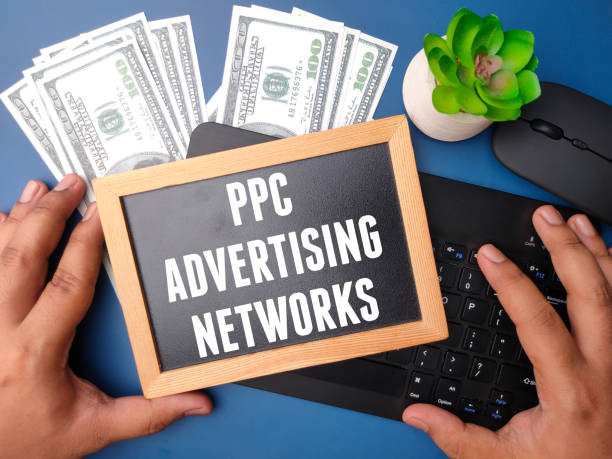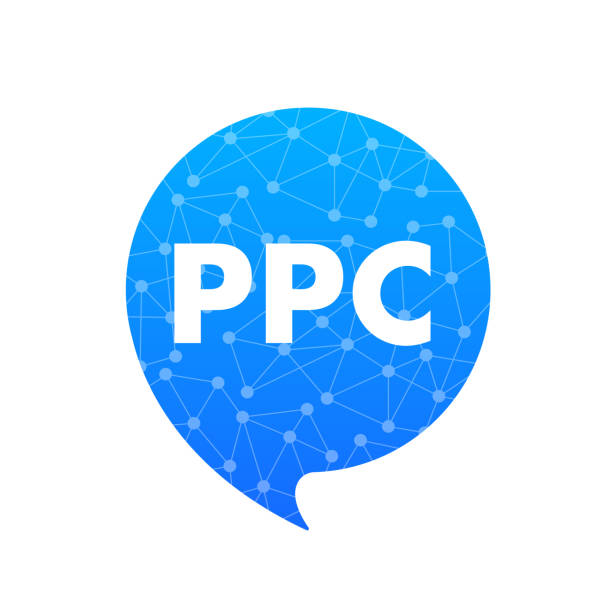Have you ever wondered why some pay-per-click (PPC) campaigns soar while others flop? Could the secret to PPC success lie within the landing page? How can you create landing pages that not only attract visitors but also convert them into customers? In the ever-evolving digital marketing landscape, these questions are more relevant than ever.
In this blog post, we’ll delve into the world of optimized landing pages and uncover how they can significantly enhance your PPC campaigns. Whether you’re new to PPC or a seasoned pro, these insights will equip you with the tools to maximize your campaign success and drive your business forward. So, let’s dive in!
What Are Landing Pages and Why Do They Matter? – PPC Success
Landing pages are standalone web pages created specifically for marketing or advertising campaigns. Additionally, they are where visitors “land” after clicking on a PPC ad. Unlike typical web pages, landing pages are designed with a single focused objective – often referred to as a call-to-action (CTA). So, this could be anything from signing up for a newsletter to making a purchase.
But why are landing pages so crucial? So, the answer lies in their ability to convert. A well-optimized landing page can significantly increase the chances of turning a visitor into a lead or customer. Additionally, this conversion-centric approach makes landing pages a vital component of any successful PPC campaign.
The Anatomy of an Optimized Landing Page
What makes a landing page effective? Let’s break it down:
- Clear and Compelling Headline The headline is the first thing visitors see, so it must grab their attention immediately. Also, a strong headline clearly conveys the value proposition and aligns with the ad that brought the visitor to the page.
- Concise and Persuasive Copy The copy should be succinct yet persuasive, highlighting the benefits of the offer. So, use bullet points to break down information and make it easily digestible.
- Visual Appeal High-quality images and videos can enhance the user experience and make your landing page more engaging. Ensure that visuals are relevant and support the overall message.
- Strong Call-to-Action (CTA) Your CTA should be prominently displayed and encourage visitors to take the desired action. Also, use action-oriented language like “Sign Up Now,” “Get Started,” or “Download Free Guide.”
- Trust Elements Incorporate trust signals such as testimonials, reviews, and security badges to build credibility and reassure visitors that their information is safe.
- Mobile Optimization With a significant portion of web traffic coming from mobile devices, it’s essential to ensure your landing page is mobile-friendly. Also, a responsive design ensures a seamless user experience across all devices.
Crafting the Perfect PPC Landing Page – PPC Success
Creating an optimized landing page involves a strategic approach. So, here are some key steps to consider:
- Align Your Ad and Landing Page Ensure that the message and design of your landing page match the ad that brought the visitor there. Moreover, consistency between the ad and landing page can improve user experience and conversion rates.
- Focus on a Single Goal Avoid clutter and distractions by focusing on a single goal for your landing page. Whether it’s capturing leads or driving sales, keep the objective clear and straightforward.
- Use A/B Testing A/B testing allows you to compare different versions of your landing page to see which performs better. Test various elements such as headlines, CTAs, and images to optimize your page for maximum conversions.
- Optimize Load Time A slow-loading landing page can lead to high bounce rates. So, ensure your page loads quickly by optimizing images, using efficient code, and leveraging caching techniques.
- Implement Analytics Track and analyze the performance of your landing page using tools like Google Analytics. Also, this data can provide valuable insights into user behavior and help you make data-driven improvements.

The Role of SEO in Optimizing Landing Pages
While PPC and SEO are often seen as separate strategies, they can complement each other effectively. So, here’s how SEO can play a role in optimizing your landing pages:
- Keyword Research Conduct thorough keyword research to identify the terms your target audience is searching for. Incorporate these keywords naturally into your landing page content to improve relevance and visibility.
- Meta Tags and Descriptions Optimize your meta title and description to ensure they accurately reflect the content of your landing page and include relevant keywords. Also, this can improve click-through rates from search results.
- High-Quality Content Search engines favor high-quality, valuable content. Ensure your landing page provides useful information that addresses the needs and concerns of your audience.
- Internal Linking Include internal links to other relevant pages on your website. This can help search engines understand the structure of your site and improve overall SEO performance.
Common Pitfalls to Avoid – PPC Success
Even the best-intentioned PPC campaigns can fall short if certain pitfalls are not avoided. So, here are some common mistakes to watch out for:
- Overcomplicated Design An overly complex design can distract and overwhelm visitors. Keep your landing page design clean and focused on the primary goal.
- Vague CTAs A vague or weak CTA can fail to compel visitors to take action. Ensure your CTA is clear, direct, and action-oriented.
- Ignoring Mobile Users Neglecting mobile optimization can lead to a poor user experience for a significant portion of your audience. Also, always design with mobile users in mind.
- Lack of Trust Signals Without trust elements, visitors may hesitate to convert. So, include testimonials, reviews, and trust badges to build credibility.
- Failing to Test and Optimize Not testing and optimizing your landing page can result in missed opportunities for improvement. So, regularly conduct A/B tests and make data-driven adjustments.
The Power of a Strong PPC Strategy – PPC Success
A strong PPC strategy goes beyond just creating optimized landing pages. Also, it involves continuous monitoring, testing, and adjusting to ensure the best possible performance. Here are some additional tips to enhance your PPC strategy:
- Regularly Review and Adjust Keywords Keywords can change in relevance over time. Regularly review and adjust your keyword list to ensure you’re targeting the most effective terms.
- Monitor Competitor Campaigns Keep an eye on what your competitors are doing. Analyze their landing pages and PPC strategies to identify potential areas for improvement in your own campaigns.
- Use Remarketing Remarketing can help you re-engage visitors who didn’t convert on their first visit. By showing targeted ads to these visitors, you can encourage them to return and complete the desired action.
- Leverage Audience Segmentation Segment your audience based on demographics, behavior, and interests. This allows you to tailor your ads and landing pages to better meet the needs of different audience segments.
- Analyze and Learn from Data Data is your best friend in PPC. Use analytics to track the performance of your campaigns and landing pages. Learn from this data to continuously refine and improve your strategy.

Conclusion: PPC Success
Maximizing your PPC success with optimized landing pages is not just about following best practices—it’s about understanding your audience and continuously striving to provide them with the best possible experience. By focusing on clear goals, testing and optimizing, and leveraging SEO, you can create landing pages that not only attract visitors but also convert them into loyal customers.
Remember, the digital marketing landscape is constantly evolving. Stay ahead of the curve by keeping up with the latest trends, testing new strategies, and always putting your audience’s needs first. With these tips and insights, you’re well on your way to PPC success.
Ready to take your PPC campaigns to the next level? Start by optimizing your landing pages today and watch as your conversion rates soar!








